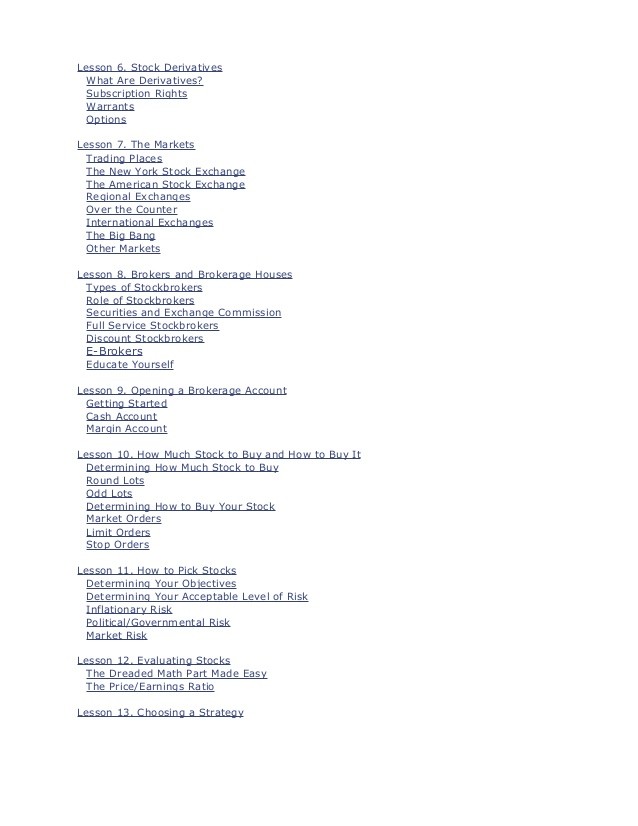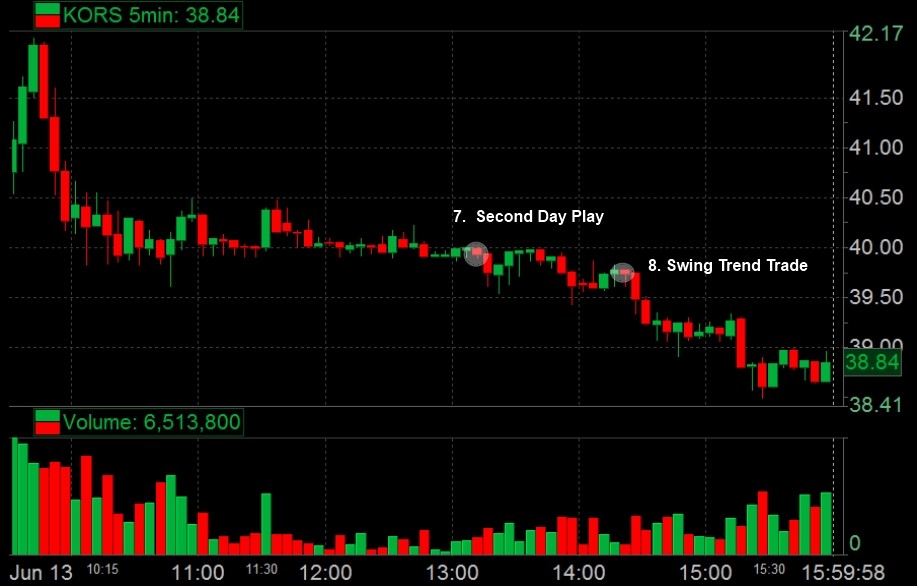Finance Investing Guide Futures Options
Post on: 14 Сентябрь, 2015 No Comment

0 Definitions of the following terms are taken directly from Strauss’s Handbook of Business Information: A Guide for Librarians, Students, and Researchers. 2nd Edition by Rita W. Moss available in the Maag Stacks at call number
Z7164 .C81 S7796 2004 .
0 Derivatives. Risk-shifting instruments. A derivative is a contract established by two or more parties where payment is based on (or derived from) some agreed upon value, which is established on the future value of an underlying asset, typically a commodity, bond, equity, or currency. Simply put, derivatives are instruments whose return depends on the return of other instruments. A derivative is a promise to transfer ownership at an agreed upon time in the future for an agreed upon price. A common property of derivatives is that the asset itself is not exchanged, only the change in value of the asset. Derivatives include a wide range of instruments including futures and options.
0 Futures. In the futures market, investors trade futures contracts, which are agreements for the future delivery of designated quantities of given products for specified prices. This market is meant to provide an efficient and effective mechanism to manage price risk. The market can be described as a continuous auction market. Futures are usually divided into two broad categories: commodities and financial. Futures are usually divided into two broad categories: commodities and financial.
0 Commodities Futures. Frequently commodities are bought and sold for delivery at a later time by means of futures contracts. A commodities futures contract is a legal agreement between buyer and seller that a specified number of units of the commodity being traded on a particular futures exchange will be delivered at a certain place, during a certain month, for an agreed upon price. Most traders choose to liquidate their contracts before delivery by arranging offsetting transactions to reverse the original actions. Each commodities exchange has a clearinghouse that oversees all buy and sell transactions and stands ready to fulfill a contract in the event of buyer or seller default.

0 Financial Futures. Financial futures trading began in the 1970s with the trading of futures contracts on selected foreign currencies and fixed income securities, such as Treasury bills. Since then, the diversity of products and trading volume has expanded considerably. Futures markets provide an arena in which companies that are dependent on prices of basic commodities, exchange rates, or securities markets can reduce the risk of unfavorable price swings. For example, if an importer needs to pay large bills three months into the future, rather than take the risk that the currency markets will be favorable then, he could buy futures contracts to ensure that his prices will remain stable. Financial futures can also be used for speculating. Someone who expects interest rates to increase can buy interest rate futures.
0 Options. Give their holders the right to buy or sell certain securities, traditionally common stocks in 100 share units, at a set price by a certain, predetermined date regardless of how high or low the price of the underlying stock may move during that time. Holding an option is vastly different from owning the stock itself. Stock ownership represents part ownership in the issuing company, whereas an option merely gives its holder the right, which may or may not be exercised, to buy or sell stock at a predetermined price within a designated time period. An option holder has none of the rights of a stockholder. Options are issued or written by individual investors and security dealers, who retain ultimate responsibility for carrying out the terms specified in the options contracts. They are not written by the companies issuing the underlying stock. Options are attractive to many investors because they can be purchased for a fraction of the cost of the underlying stock and offer the opportunity for high profit with limited risk. Options risk is limited to a predetermined amount, the amount paid for the option itself. If the market should go against an option trader, the worst that can happen is that the option will expire and become worthless. Options action is fast. Most options expire at the end of three, six, or nine months.
This unique reference guide provides the “big picture” for anyone dealing in the commodity or financial markets by delivering long-term charts and written historical analysis, as well as supporting data on a CD-ROM. This book contains a wealth of authoritative data, all compiled by the Commodity Research Bureau (CRB), the organization of record for the commodity industry. The Encyclopedia is essential for anyone who needs commodity and financial charts, analysis, and data in one quick and easy-to-use reference book.














